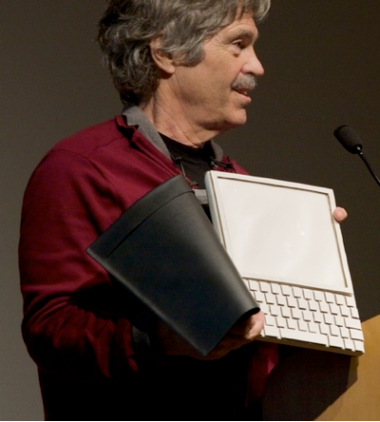Apple: When Will They Build Their Own Mobile Search Engine? – Tech Trader Daily – Barrons.com.
The opportunity here is not to do web search better than Google, but to find a way to index the information that lives on the iPhone ecosystem. With potential for millions of apps and hundreds of millions of iPhones generating usage patterns a separate mountain of information is emerging independent of the current cloud. The mobile cloud has different hooks and different relevance measures.
Mobile search will be as much about new algorithms as about getting a new way to spider the data.
It seems Apple is better positioned to leverage this emerging space than Google.



